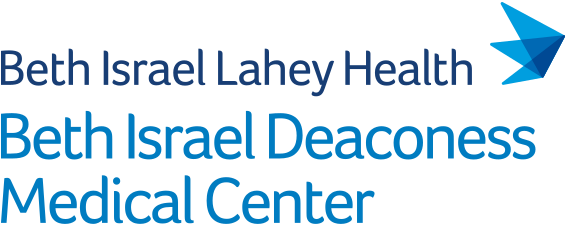OBJECTIVE: Postoperative morbidity in patients undergoing lower extremity amputation (LEA) has remained high. Studies investigating the influence of the anesthetic modality on the postoperative outcomes have yielded conflicting results. The aim of our study was to assess the effects of regional anesthesia vs general anesthesia on postoperative complications for patients undergoing LEA.
METHODS: We systematically searched PubMed, Embase, MEDLINE, Web of Science, and Google Scholar from 1990 to 2022 for studies investigating the effect of the anesthetic modality on the postoperative outcomes after LEA. Regional anesthesia (RA) included neuraxial anesthesia and peripheral nerve blocks. The outcomes included 30-day mortality, respiratory failure (unplanned postoperative intubation, failure to wean, mechanical ventilation >24 hours), surgical site infection, cardiac complications, urinary tract infection, renal failure, sepsis, venous thrombosis, pneumonia, and myocardial infarction.
RESULTS: Of the 25 studies identified, we included 10 retrospective observational studies with 81,736 patients, of whom 69,754 (85.3%) had received general anesthesia (GA) and 11,980 (14.7%) had received RA. In the GA group, 50,468 patients were men (63.8%), and in the RA group, 7813 patients were men (62.3%). The results of the meta-analyses revealed that GA was associated with a higher rate of respiratory failure (odds ratio, 1.38; 95% confidence interval, 1.06-1.80; P = .02) and sepsis (odds ratio, 1.21; 95% confidence interval, 1.11-1.33; P < .0001) compared with RA. No differences were found in postoperative 30-day mortality, surgical site infection, cardiac complications, urinary tract infection, renal failure, venous thrombosis, pneumonia, and myocardial infarction between the GA and RA groups.
CONCLUSIONS: The results of our meta-analysis have shown that GA could be associated with a higher rate of respiratory failure and sepsis compared with RA for LEA.
